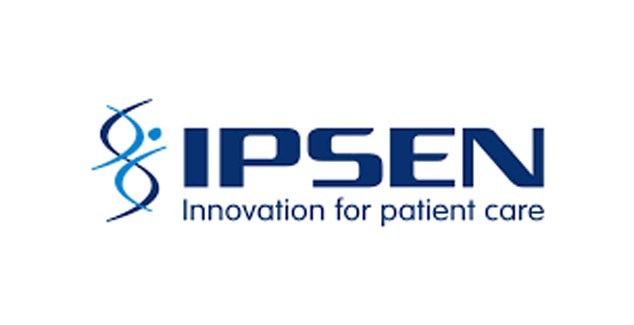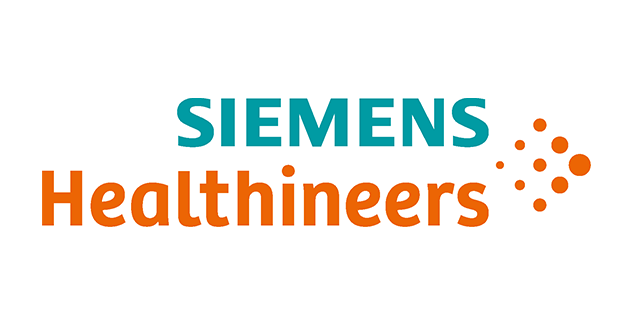There are 100 million stroke survivors around the world, most of them have family members and carers, friends and colleagues who are also impacted by the effects of stroke. WSO projects that these numbers will continue to rise over the coming decades. For many stroke survivors, rehabilitation and recovery after stroke means managing physical disability, communication difficulties and changes in how they think, feel and behave. These effects of stroke impact on life after stroke and stroke survivors’ ability to return to work, earn income, and to participate in social activities; the effects also impact the wider well-being and roles of family, friends and carers. Getting it right when it comes to post-stroke rehabilitation and support is critical not only to optimise individual stroke recovery but to minimise the social costs of stroke.
We know that access to rehabilitation, secondary prevention and support for community reintegration varies across the world and is particularly scarce in low- and middle-income countries (LMICs) where the trajectory of stroke is rising fastest. There are however still significant gaps in specific areas and communities within higher income countries – there is room for improvement everywhere.
The WSO Global Stroke Guidelines and Action Plan which provides a framework for the provision of stroke care in all resource settings, sets out a number of recommendations for rehabilitation and secondary prevention. These include providing stroke survivors with
- secondary prevention information and counselling about strategies to modify lifestyle for risk reduction (e.g. smoking, weight, diet, exercise, stress).
- rehabilitation therapy that includes repetitive and intense tasks that challenge the patient to acquire the skills needed to perform functional tasks and activities.
While life after stroke issues such as transport, finance and social participation are linked to secondary prevention and access to rehabilitation, life after stroke is distinct and includes access to support in the longer term such as peer groups, education, training, emotional support, and community services.
Rebuilding a life after stroke is about reintegrating into one’s community, family and friendship networks. It can be a long-term process, which begins during discharge planning from medical care and return to their prior place of residence or to a different location to better meet increased care and support needs. The goals of community reintegration and recovery are to promote the person’s return to a lifestyle where they can participate in social and domestic activities, to regain as much independence in functioning and to increase their quality of life. Community reintegration ideally is a collaborative endeavour, one which involves healthcare providers and is often delivered in partnership with non-governmental organisations (NGOs). In many contexts, particularly low resource settings, these organisations may be the only support that is available. This is in part why WSO has placed an emphasis on strengthening SSOs (NGOs that provide support for stroke survivors, engage in advocacy and fund research), we know that they are often a vital provider of care and support and crucially by bringing patient experience to the table they can be strong advocates for quality stroke care.
Our SSO capacity strengthening programme has been informed by international targets including the 2013 WHO Global Action Plan for the Prevention and Control of NCDs, which includes the empowerment of patient organizations as part of the implementation of the plan. In our 2021 SSO Global Mapping of 92 organisations from 58 countries, we found that the global network is growing, particularly in LMICs. SSOs are mobilizing large numbers of people affected by and engaged with stroke and have significant numbers of volunteers and members supporting them and benefiting from activities. The findings of the mapping highlighted areas where SSOs are contributing to strengthening health systems such as working in partnership with ministries of health, managing joint projects, piloting innovative service delivery approaches, and involving communities[1].
SSOs in all regions of the world engage in prevention awareness, treatment knowledge and long-term supports. 91% (81/89) of SSOs in the mapping report provide local and national public education on risk factors. 83% (75/90) reported that they provide patient, family and carer advice and 77% (69/90) facilitate stroke support groups. SSOs of all sizes and level of resource engage in campaigning and advocacy; leveraging their international partnerships to raise the profile of stroke within national policy agendas and influencing for increased investment in stroke research, including on life after stroke issues. Many SSOs are members of government bodies focused on developing and implementing national NCD and stroke strategies.
However, sustainability of human and financial resources is a major challenge and key barrier to increasing SSO impact. The majority of SSOs do not receive government funding and the lack of paid staff in many SSOs limits their potential for large-scale impact. Inadequate national strategies and policies for stroke prevention, treatment and recovery is a major challenge that SSOs face in their work to support people affected by stroke across the stroke care pathway. Limited data on stroke incidence and prevalence in their regions, low awareness of stroke symptoms and emergency response, inadequate recognition of rehabilitation, and the limited number of support services are further challenges for SSOs in their work.
The potential for SSOs to reduce the burden of stroke globally needs to be harnessed through partnerships, sustainable financing, data driven advocacy, and support for evidence-based interventions. WSO will continue to invest in our capacity strengthening programme and promote the vital role that SSOs play in driving improved stroke outcomes. The SSO network has told us that they want increased partnership between each other and with government, clinicians and academics; improved skills in fundraising; and improved skills in advocacy and campaigning.
We will work with our international partners, including WHO and NCD Alliance to facilitate the participation of stroke survivors and carers in consultations and forums on the meaningful involvement of people with lived experience of NCDs. At the World Stroke Congress in Singapore this year there are numerous sessions on life after stroke that involve stroke survivors, including the importance of co-design with people with lived experience, measuring patient reported outcomes and enhancing recovery. We will also be hosting a Stroke Exchange Forum that will bring together SSOs, stroke advocates, people with lived experience, clinicians, policy makers and industry to explore the current status of WSO’s advocacy priorities in the South East Asia, and look at how collaboration and meaningful involvement of stroke survivors can be developed to strengthen advocacy efforts. Our online hub Stroke Connector is growing as a space for stroke survivors, advocates and stroke support organizations to share their experience and to access tools and resources.
[1] Besançon, S. et al. The role of non-governmental organizations in strengthening healthcare systems in low- and middle-income countries: Lessons from Santé Diabète in Mali, Global Health Action, 15:1, 2061239, DOI: 10.1080/16549716.2022.2061239

 Member login
Member login













